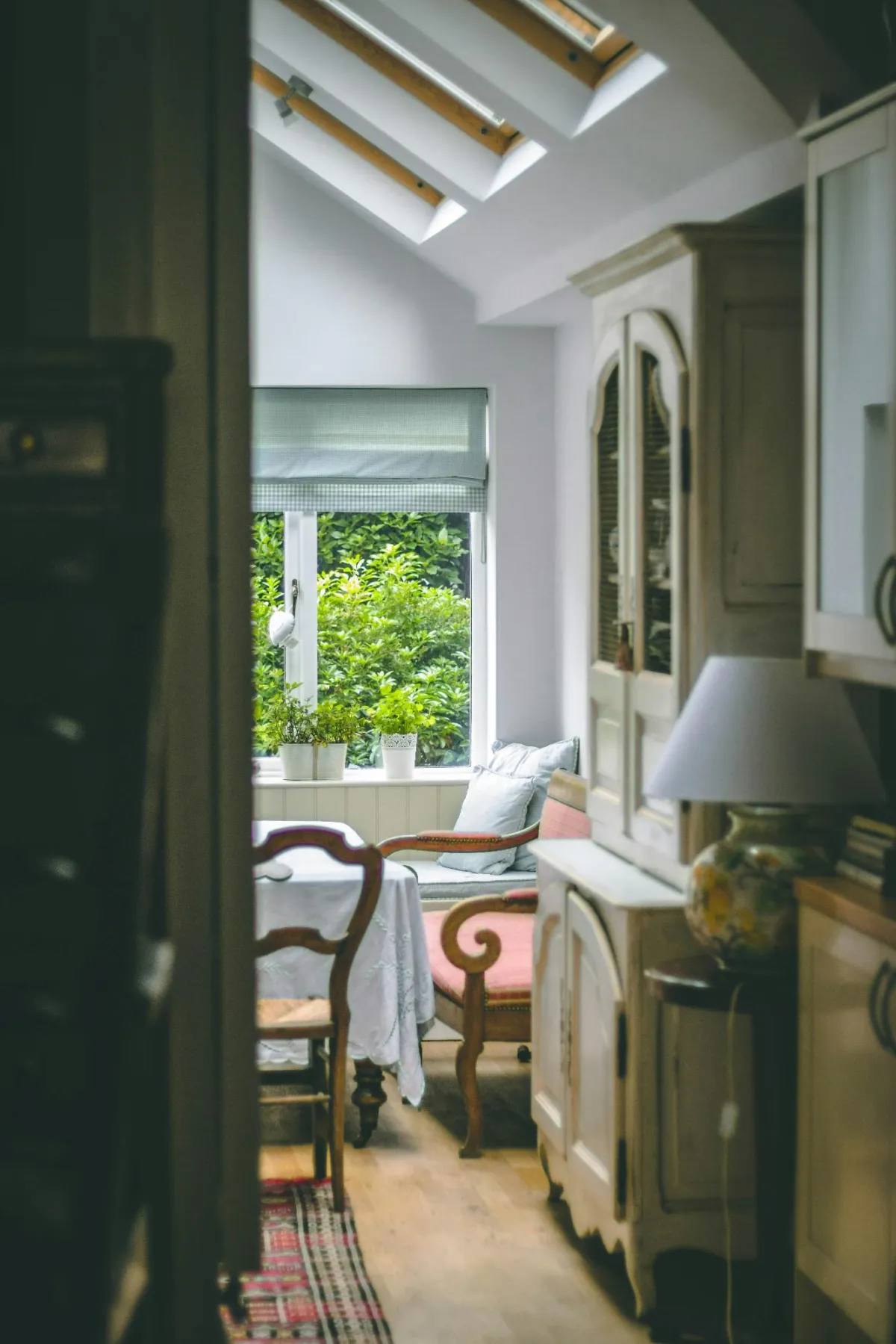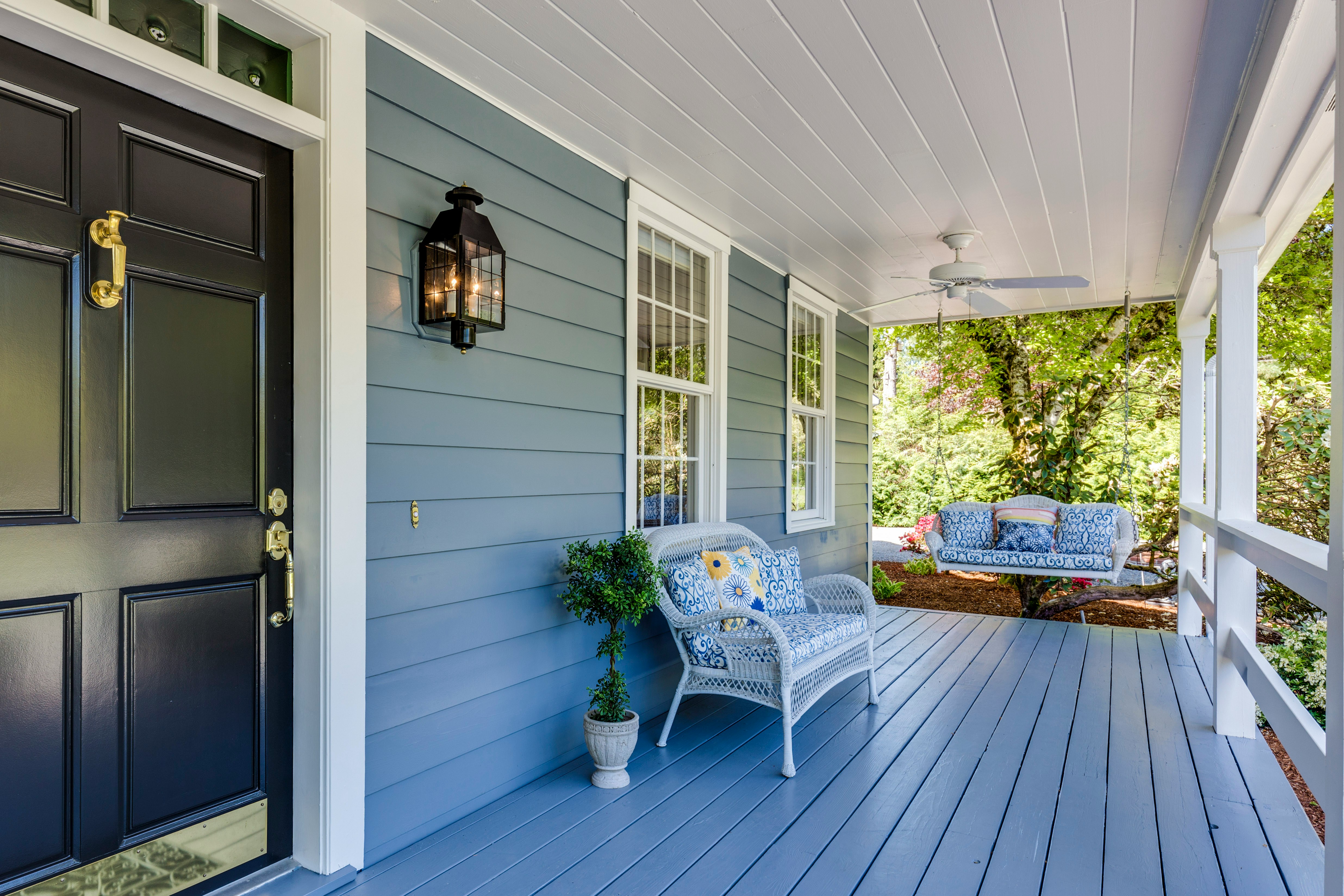
Exploring the Allure of Traditional vs Modern Home Designs
Choosing between traditional and modern home designs involves weighing architectural details, functionality, and lifestyle needs. Each style offers distinct advantages from the timeless charm of intricate moldings and pitched roofs to the clean lines and open layouts of contemporary homes. This article will break down the key characteristics of both designs, highlighting factors like sustainability, maintenance, and long-term value. By the end, readers will better understand which style best suits their personal preferences and practical requirements.
Key Takeaways
Traditional homes create a warm atmosphere with cozy materials and intricate craftsmanship.
Modern designs prioritize spacious living areas and energy efficiency for contemporary lifestyles.
Understanding budget and maintenance needs is essential when choosing between traditional and modern homes.
Cultural influences shape home designs, reflecting local styles and environmental considerations.
Professional advice can help homeowners make informed decisions that align with their lifestyle and goals.
Defining Traditional Home Designs

Traditional home designs are distinguished by key characteristics that create a warm and inviting atmosphere. Unique styles within traditional architecture, such as Colonial and Craftsman, incorporate iconic elements like a prominent fireplace and spacious room layouts. Common materials, including wood and marble, are often used to enhance the overall appeal. Cultural influences also significantly shape the landscape and aesthetic of traditional homes across different regions.
Key Characteristics of Traditional Homes
Key characteristics of traditional homes include the use of warm and inviting materials, prominently featuring wood accents throughout the structure. Architectural styles often emphasize spacious layouts, creating an open and airy feel. Including elements such as a wide porch provides a perfect space for relaxation, while a basement can offer additional functional areas for family activities and storage.
Warm and inviting wood accents
Spacious and open layouts
Inviting porches for relaxation
Functional basements for activities
Iconic Styles Within Traditional Architecture
Traditional architecture showcases various iconic styles, each with distinct features that appeal to different tastes. For instance, a Colonial, Victorian, or Tudor home may include ornate details and wood paneling, crown molding, or wainscoting, often found on walls or in the dining room, adding a sense of grandeur. In contrast to modern architecture, which often favors minimalism, traditional styles provide rich textures and a sense of history, creating a warm environment for families.
Cultural Influences on Traditional Home Aesthetics
Cultural influences significantly shape the aesthetic of traditional home designs. For instance, renovations often incorporate local materials and architectural elements, such as decorative chairs in living spaces or ornate bathroom fixtures that reflect regional styles. Additionally, considerations for environmental issues influence choices in home structure, such as stair designs that minimize the impact on the surrounding landscape, making traditional homes aesthetically pleasing and considerate of their environment.
Defining Modern Home Designs

Modern home designs feature essential characteristics that cater to contemporary lifestyles. Key trends prioritize spacious living rooms with high ceilings, open layouts, and the use of wood flooring to enhance warmth. Material choices focus on durability and sustainability, making homes eco-friendly. These elements reflect a commitment to creating functional spaces that are both stylish and environmentally conscious.
Essential Features of Modern Architecture
Modern architecture focuses on essential features that distinguish it from traditional styles. Key elements include open layouts that promote spaciousness and flexibility in the living areas. Additionally, using materials like concrete, large windows for natural light, and a minimalist color scheme emphasizes simplicity, creating stylish yet functional spaces. Modern cabinetry is often sleek and integrated into designs, helping to provide a clean and uncluttered look that enhances the overall aesthetic.
Popular Trends in Modern Home Design
Modern home design trends emphasize style and function, featuring elements like crown molding for a polished look. Many homes now incorporate sustainable materials to enhance durability while being environmentally friendly. Additionally, thoughtful window treatments are essential for balancing natural light in bedrooms, creating cozy yet stylish retreats for homeowners.
Crown molding adds elegance and a finished look.
Environmentally friendly materials reflect sustainability.
Smart window treatments provide functionality and style in bedrooms.
Material Choices in Modern Construction
In modern construction, material choices play a vital role in defining the aesthetic and functionality of homes. Options like metal offer durability and a sleek look, while using carpets adds comfort to open plan spaces. Additionally, eco-friendly practices such as rainwater harvesting enhance sustainability in new developments, which often feature expansive living areas designed for family gatherings:
Durable metal elements for a modern style
Comforting carpets in open plan layouts
Sustainable practices like rainwater harvesting
Spacious large contemporary homes designs for family living
Sustainability in Modern Home Design
Sustainability in modern home design combines beauty with eco-friendliness, prioritizing energy-efficient choices. Homeowners often select light fixtures designed to reduce energy consumption while enhancing the overall aesthetic. Sustainable construction practices, like using reclaimed materials and energy-efficient windows, contribute to environmental preservation and create inviting spaces that reflect a homeowner’s commitment to mindful living.
Emotional Appeal of Traditional Home Designs

Nostalgia and heritage play a significant role in traditional home designs, evoking fond memories and a sense of belonging. Craftsmanship and attention to detail are evident in features like intricate woodwork and unique floor plans. Additionally, traditional spaces often provide a strong sense of community and connection to one’s roots.
Nostalgia and Heritage in Traditional Spaces
Nostalgia and heritage are central to the appeal of traditional home designs. Many homeowners find comfort in designs that reflect their family history or regional culture. Features like classic woodwork and cozy layouts evoke memories and foster a strong connection to one’s roots, making these homes a cherished space for family gatherings and celebrations.
Craftsmanship and Detail in Traditional Design
Craftsmanship and detailing in traditional home designs create a timeless quality that many homeowners cherish. Features like intricate woodwork, custom cabinetry, and unique moldings showcase the skill and attention that went into building these homes. This craftsmanship enhances the aesthetic appeal and evokes a sense of pride and connection to the past, making traditional homes a cornerstone for family gatherings and lasting memories.
Intricate woodwork highlights skillful craftsmanship.
Custom cabinetry adds unique personality to spaces.
Unique moldings create character and charm.
The focus on detail evokes emotional connections.
Emotional Appeal of Modern Home Designs

The emotional appeal of modern home designs is rooted in several key aspects. Minimalism and open spaces contribute to a feeling of freedom and tranquility in modern living. These homes often integrate technology, enhancing convenience and comfort for residents. Urban aesthetics and sleek lines create a contemporary charm, making modern designs appealing to those seeking a stylish, functional lifestyle.
Minimalism and Open Space in Modern Living
Minimalism and open space in modern living create a calming environment that many homeowners seek. Using uncluttered areas allows for greater freedom in movement and fosters a sense of tranquility. This design approach not only enhances the aesthetics of a home but also aligns with the lifestyle of individuals who prioritize efficiency and ease in their daily routine, drawing them to modern architecture.
Uncluttered areas promote freedom and movement.
Tranquility is enhanced through minimal design.
Modern homes align with the efficient lifestyle of residents.
Technological Integration in Modern Homes
Technological integration in modern homes is a vital aspect that enhances both convenience and comfort for residents. Features like smart home systems allow for easy control of lighting, heating, and security from a mobile device, making daily life more manageable. This seamless incorporation of technology not only provides practicality but also contributes to a stylish and efficient living environment:
Smart home systems enhance convenience.
Mobile device controls promote ease of use.
Integration of technology increases living efficiency.
Urban Aesthetics and Modern Appeal
Urban aesthetics play a significant role in the appeal of modern home designs. These homes often embrace sleek lines and open spaces, creating an inviting atmosphere that resonates with city living. The integration of large windows allows natural light to brighten interiors and connects residents to their vibrant surroundings, enhancing the overall living experience.
Practical Considerations in Choosing Between Designs

Cost factors play a significant role when deciding between traditional and modern home designs. Traditional homes often require more maintenance due to detailed craftsmanship, while modern homes typically focus on energy efficiency and sustainable practices. Understanding the differences in maintenance requirements and energy practices helps homeowners make informed choices that align with their lifestyles and values.
Cost Factors Associated With Each Style
When weighing the cost factors associated with traditional and modern home designs, homeowners should consider both initial expenses and long-term maintenance. Traditional homes often showcase intricate craftsmanship and detailed finishes, leading to higher upfront costs and ongoing maintenance due to the materials used. On the other hand, modern homes typically emphasize energy efficiency and utilize sustainable materials, which can reduce utility bills and maintenance costs over time, providing a more cost-effective option for those looking to invest in their future.
Traditional homes may have higher maintenance costs due to detailed craftsmanship.
Modern homes focus on energy efficiency, leading to lower utility bills.
Initial expenses vary significantly between the two styles based on materials.
Maintenance Requirements for Traditional vs Modern Homes
When comparing maintenance requirements between traditional and modern homes, it becomes evident that traditional homes may require more effort due to intricate craftsmanship and detailed finishes. Homeowners often need to spend time maintaining wooden features, preserving the durability of classic materials like brick, and performing regular upkeep to keep everything in good shape. In contrast, modern homes generally focus on energy-efficient materials requiring less frequent maintenance, reducing the overall burden while still providing a stylish living space.
Energy Efficiency and Sustainability Practices
Energy efficiency and sustainability practices are becoming increasingly important for homeowners choosing between traditional and modern designs. Modern homes often utilize advanced building techniques and materials that enhance insulation and reduce energy consumption, lowering utility bills. Traditional homes can also embrace sustainability by incorporating eco-friendly updates, such as energy-efficient windows and sustainable sourcing of materials. This allows homeowners to maintain their home's charm while being conscious of their environmental impact.
Making a Personal Choice Between Traditional and Modern

Choosing between traditional and modern home designs involves considering several key factors. Assessing lifestyle and family needs can help identify which style best suits the household. Budget and investment considerations play a vital role in making an informed decision. Understanding the long-term value of home design choices is essential. Seeking professional advice can further guide homeowners in selecting the right approach for their dream home.
Assessing Lifestyle and Family Needs
When assessing lifestyle and family needs, homeowners should consider how different home designs fit their daily activities and routines. For example, families who enjoy entertaining may prefer open layouts found in modern homes, while those valuing tradition might appreciate the coziness and warm materials found in traditional designs. Identifying individual preferences, like the need for more space or a sense of community, will guide homeowners in selecting the right style for their future.
Long-Term Value of Home Design Choices
When it comes to selecting a home design, understanding the long-term value of choices is vital for homeowners. Traditional homes tend to appreciate in value due to their unique craftsmanship and timeless appeal, making them a solid investment over time. On the other hand, modern home designs often emphasize energy efficiency and sustainability, which can lead to lower utility costs and maintenance, ultimately benefiting homeowners financially in the long run.
Conclusion
Understanding the allure of both traditional and modern home designs is crucial for homeowners. Each style offers unique characteristics that cater to different lifestyles and preferences. Individuals can make informed choices that align with their values and needs by weighing factors such as aesthetics, maintenance, and costs. This exploration enhances personal satisfaction and contributes to lasting memories within their chosen spaces.


